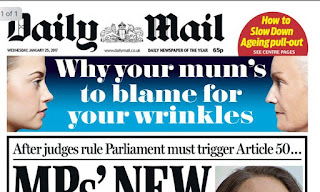It's now being alleged that with the digital age, it's getting more and more difficult to 'safeguard the anonymity' of whistleblowers. With things like the interception and/or monitoring of phone and online conversations that can take place, there is a call for them to receive improved legal protection to prevent them from being identified. This comes after a publication of a Law Commission review exhibited suggestions that prison sentences for leaking information could potentially get increased with no regard for the concept of public interest defence. The actual report discussing the susceptibility of whistleblowers today, Protecting Sources and Whisteblowers in a Digital Age, displays how the Investigatory Powers Act (IPA) states that: 'communications metadata - which could be used to hunt down and prosecute a source - belongs to the telecoms provider not the the journalist.' What this does is make it so that both a journalist and a source won't know they've been exposed for whistleblowing until the material they've provided is used 'in legal proceedings.' The National Union of Journalists (NUJ) have lobbied to prevent this from happening which can be seen with their reform to the digital economy bill which helps create a defence for publication in the public interest. However, the way in which this is interpreted in courts may end up meaning that this isn't really enforced. Not only this, but it still doesn't ensure that the actual whistleblowers and sources are protected to a reasonable degree. While across the media this is being viewed as a completely against the interests of the general public, also eroding the rights of whistleblowers, government view it instead as a 'strengthening' of safeguards since public bodies that want to utilise communications metadata to identify the source of a journalist now have to receive approval from a senior judge.
This article is indicative of the increased risk there is for whistleblowers in the digital age. Through new legislation, law enforcement and agencies can now access journalists' data without journalists being aware of this. This means that whistleblowers can pretty much be exposed for the information that they've shared. It'll have to be looked at whether or not organisations like the NUJ will be able to influence legislation like this further as it could definitely have a significant impact on things like investigative journalism.







